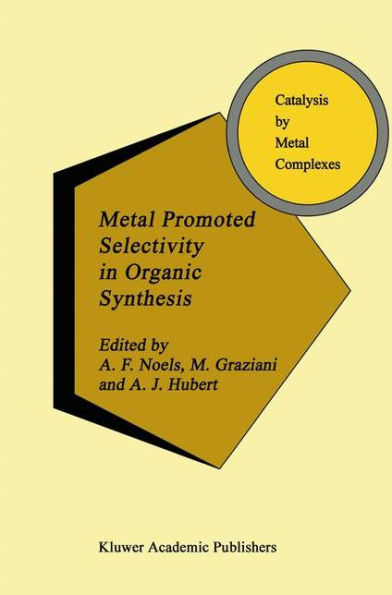5
1
9780792311843


Metal Promoted Selectivity in Organic Synthesis / Edition 1 available in Hardcover

Metal Promoted Selectivity in Organic Synthesis / Edition 1
- ISBN-10:
- 0792311841
- ISBN-13:
- 9780792311843
- Pub. Date:
- 11/30/1991
- Publisher:
- Springer Netherlands
- ISBN-10:
- 0792311841
- ISBN-13:
- 9780792311843
- Pub. Date:
- 11/30/1991
- Publisher:
- Springer Netherlands
219.99
In Stock

Product Details
| ISBN-13: | 9780792311843 |
|---|---|
| Publisher: | Springer Netherlands |
| Publication date: | 11/30/1991 |
| Series: | Catalysis by Metal Complexes , #12 |
| Edition description: | 1991 |
| Pages: | 373 |
| Product dimensions: | 6.10(w) x 9.25(h) x 0.24(d) |
From the B&N Reads Blog
